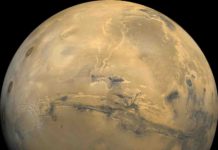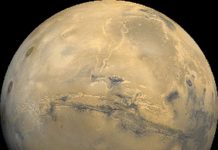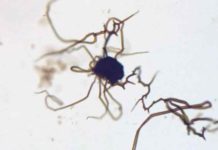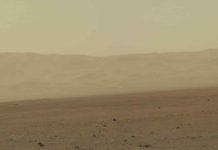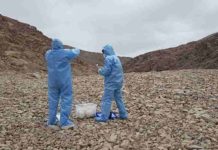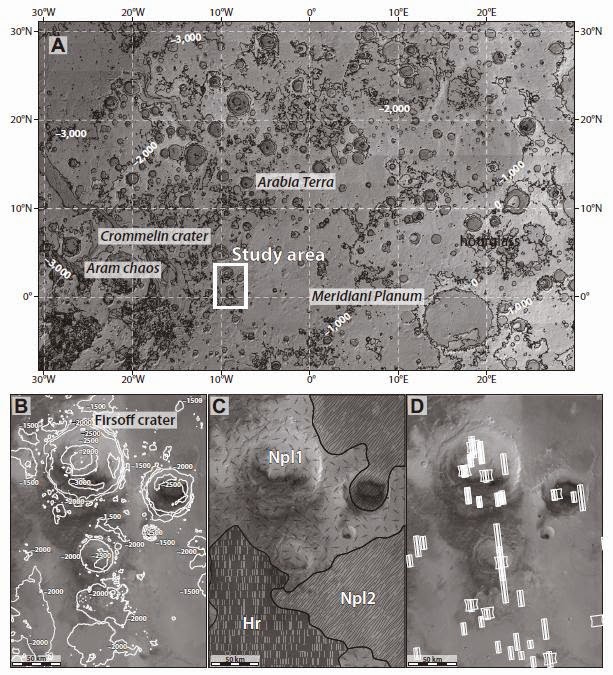
Monica Pondrelli and colleagues investigated the Equatorial Layered Deposits (ELDs) of Arabia Terra in Firsoff crater area, Mars, to understand their formation and potential habitability. On the plateau, ELDs consist of rare mounds, flat-lying deposits, and cross-bedded dune fields. Pondrelli and colleagues interpret the mounds as smaller spring deposits, the flat-lying deposits as playa, and the cross-bedded dune fields as aeolian. They write that groundwater fluctuations appear to be the major factor controlling ELD deposition.
Pondrelli and colleagues also note that the ELDs inside the craters would likely have originated by fluid upwelling through the fissure ridges and the mounds, and that lead to evaporite precipitation. The presence of spring and playa deposits points to the possible presence of a hydrological cycle, driving groundwater upwelling on Mars at surface temperatures above freezing. Pondrelli and colleagues write that such conditions in a similar Earth environment would have been conducive for microbial colonization.
As a basis for their research, Pondrelli and colleagues produced a detailed geological map of the Firsoff crater area. The new map includes crater count dating, a survey of the stratigraphic relations, and analysis of the depositional geometries and compositional constraints. They note that this ELD unit consists of sulfates and shows other characteristics typical of evaporites such as polygonal pattern and indications of dissolution.
Reference:
Equatorial layered deposits in Arabia Terra, Mars: Facies and process variability
M. Pondrelli et al., International Research School of Planetary Sciences, Università d’Annunzio, Pescara, Italy. Published online ahead of print on 10 Mar. 2015; DOI: 10.1130/B31225.1.
Note : The above story is based on materials provided by Geological Society of America.




